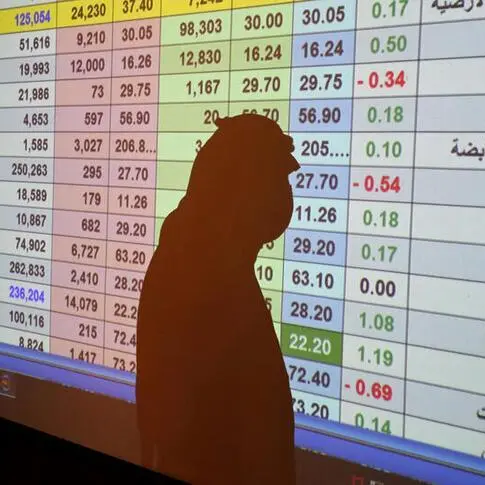It was another tough consecutive week for Bitcoin’s price, and the general crypto market as well, with the Chinese central bank’s formal announcement of a plan to crack down on the crypto business certainly not aiding the decentralized cryptocurrency, even if the country prepares to incorporate the underlying blockchain technology and plans for a digital currency of their own.
The Chinese embrace of blockchain technology was sparked by comments from its president Xi late last month saying the country should 'seize the opportunity' that blockchain technology offers, and reinforced by the passage of a cryptography law that outlines a new regulatory framework set to go into effect at the start of next year.
And while Bitcoin’s price enjoyed a surge at the time briefly breaching the $10,000 mark, those gains have since been short-lived. The promise of a digital currency that would accelerate the ease of payments can be more easily embraced by governments than the implications of a decentralized monetary currency that centralized institutions would have difficulty controlling, and runs contrary to their unspoken mandate.
However, there’s another aspect to consider from a pricing standpoint, and that requires taking a closer look into the way the crypto markets work. A part of it is due to lower liquidity levels in general for cryptocurrencies on the exchanges than that of traditional asset classes, especially above market prices as sell orders carry unlimited risk in the event of a surge higher compared to buyers whose risk is only limited to the total value of the cryptocurrency.
That means volatility to the upside has generally been harsher and making those gains stick usually more difficult, leaving crypto gains at risk of slower retracement back down (given that buy liquidity below market price is much more sizeable and has a tendency to absorb a shock more easily). The net result? A volatile price that when it surges higher on a lack of upside liquidity, tends to slowly retrace back down as it is met with buy orders from traders usually looking to add to their existing net long positions.
Which brings us to positioning, where the latest CoT (Commitment of Traders) report regarding positions held by larger speculative trades on the CME (Chicago Mercantile Exchange) shows their majority short bias rising a notch to 61% when converting lot sizes into percentage, a bias that’s been rising more recently as they anticipate further downside bias.
However, for crypto community traders, Hold On for Dear Life – or HODL – has continued to remain the common theme, with last June’s upside price surge unwinding slowly and as a result enticing smaller traders and investors into holding onto long positions instead, adding to those buy positions (a process in the trading community known as ‘averaging-in’) instead of cutting their losses.
That makes for a dangerous combination, placing a buy and hold strategy on cryptocurrencies where (not on average, but) the average cryptocurrency may trend back towards zero. The nature of a currency in general is its use as a medium of exchange, store of value, and legal tender. And while there are cryptocurrencies that offer other features such as the use of smart contracts, the competition amongst them from both within the crypto community as well as outside of it from established centralized financial institutions that will enforce their digital currencies over the decentralized ones will ensure that at best only some may be widely adopted, and putting the rest are at risk of falling into oblivion.
* Any opinions expressed in this article are the author’s own
Disclaimer: This article is provided for informational purposes only. The content does not provide tax, legal or investment advice or opinion regarding the suitability, value or profitability of any particular security, portfolio or investment strategy. Read our full disclaimer policy here.
© Opinion 2019












